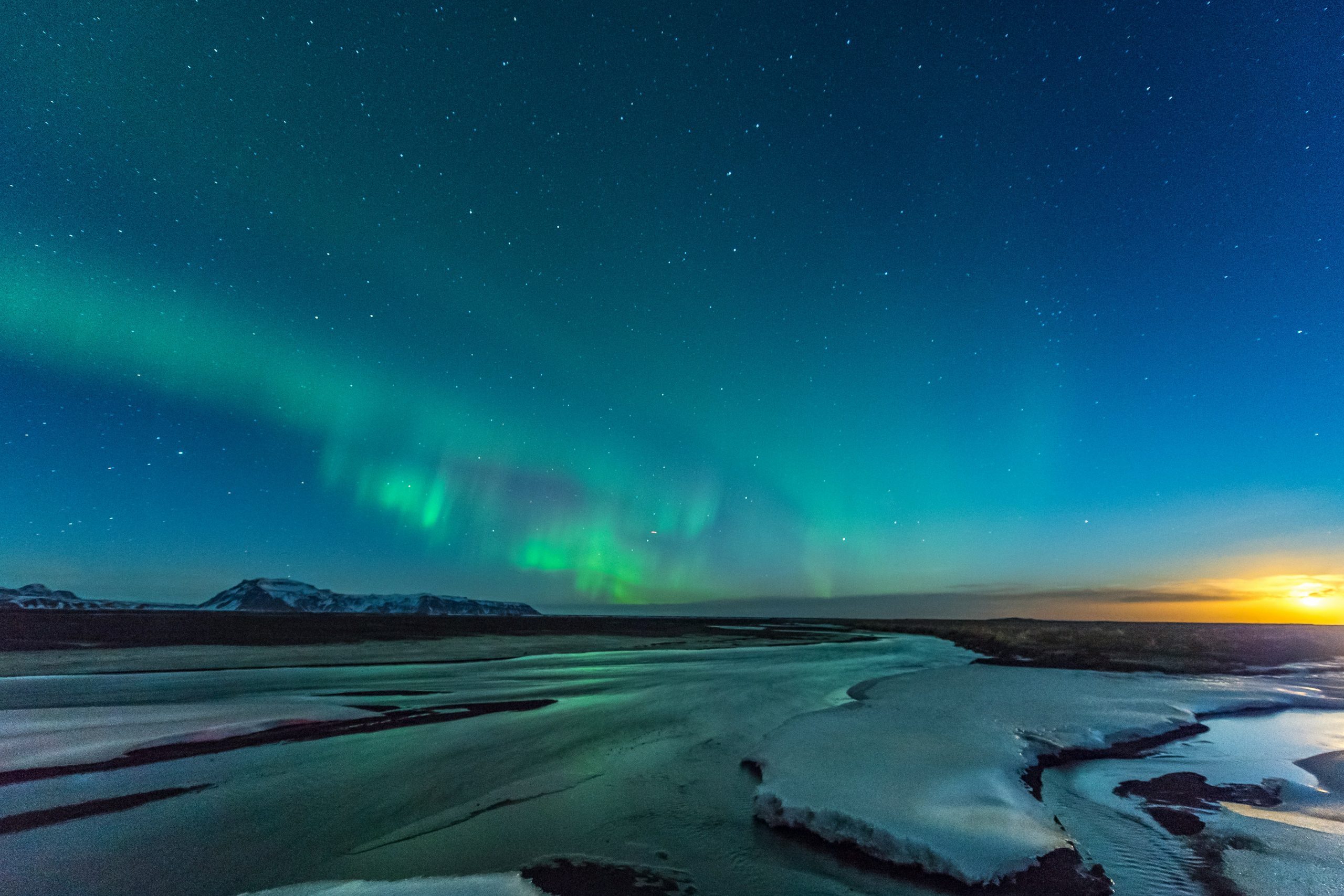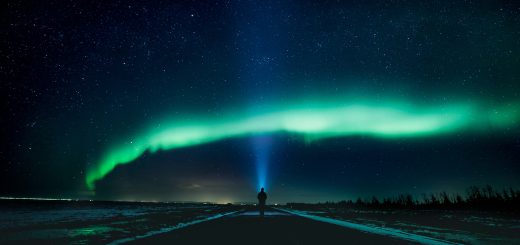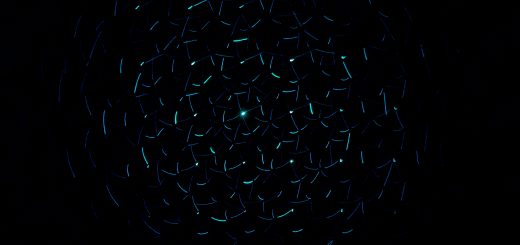What’s the Most Dangerous Animal in the World?

Before diving in, please note: This post is for informational purposes only. If you’d like to know more about how we approach topics, feel free to check out our friendly Disclaimer Page.
Hey there, amazing readers! 🖐️ Just a quick note: yes, we know there are a lot of ads here. Trust us, we get it—it’s not the prettiest look, but they help us keep this blog alive and kicking. Those pesky little ads cover the costs of all the behind-the-scenes magic, from hosting and tech stuff to creating content we hope you’ll love.
We’re committed to delivering quality posts, and your support (even just sticking around despite the ads) means everything to us. So, bear with us, and thanks for helping us keep the good vibes rolling. Now, on to the fun stuff! 😉
TRANSLATE BUTTON AT THE END OF THE ARTICLE
A Quick Overview
When we think of dangerous animals, our minds often drift to ferocious predators like lions or sharks.
However, the title of the "most dangerous animal in the world" might surprise you.
Contrary to popular belief, it’s not the largest or most fearsome creature that holds this dubious distinction.
Instead, it’s something much smaller and often overlooked.
Let’s dive into the fascinating world of danger lurking in nature, and explore what truly makes an animal dangerous.
Unveiling the Mystery: The Most Dangerous Animal Revealed
So, who holds the title?
Drumroll, please!
The most dangerous animal is the humble mosquito.
Yes, you read that right!
This tiny insect is responsible for more human deaths annually than any other creature on the planet.
When you think of danger, you might picture massive jaws or poisonous fangs, but the mosquito’s weapon is much more insidious.
Every year, mosquitoes spread deadly diseases like malaria, dengue fever, and Zika virus.
In fact, the World Health Organization estimates that malaria alone kills over 400,000 people each year.
That’s a staggering number!
Mosquitoes thrive in warm, stagnant water, where they breed in droves.
You may notice them buzzing around during summer picnics or while enjoying a nice evening outside.
And while they might seem like just an annoying pest at times, they have a real impact on global health.
So, how does such a small creature manage to wreak so much havoc?
It all comes down to their feeding habits.
When a mosquito bites, it injects saliva that can transmit these life-threatening diseases.
As they feast on unsuspecting humans, they also play unwitting hosts to viruses and parasites.
The bottom line is, next time you swat that mosquito, remember — it’s not just a pesky insect; it’s a tiny assassin.
The Mighty Mosquito: Nature’s Tiny Assassin Explained
Let’s break down a bit more about why mosquitoes are so effective at spreading disease.
These insects are attracted to carbon dioxide, heat, and body odor, making humans their prime targets.
Once they land, they use their specialized mouthparts to pierce the skin and draw blood.
Here’s the scary part: a single mosquito can transmit diseases that can affect millions.
For example, the Aedes aegypti mosquito is a primary vector for dengue fever and Zika virus.
The more mosquitoes there are, the higher the chance of disease spread.
Additionally, environmental factors play a huge role.
Climate change creates more standing water and warmer temperatures, allowing mosquito populations to flourish.
This means more bites, more blood, and ultimately, more diseases.
Discover "Dog Care: Learning How to Care for Your Furry Friend 🐾"
On the flip side, it’s not all doom and gloom.
There are effective methods to combat the mosquito menace.
Using insect repellent, installing screens in windows, and eliminating standing water can help reduce their populations.
Education is crucial, too.
Understanding how these tiny beasts operate is the first step to protecting ourselves and our communities.
Why Mosquitoes Are More Deadly Than Sharks or Lions
You might be wondering how a little mosquito could outdo fierce sharks or majestic lions in terms of danger.
After all, a shark attack sounds terrifying, right?
But the statistics tell a different story.
Shark attacks are extremely rare, with an average of about 10 fatalities annually.
Lions, on the other hand, are responsible for about 22 deaths each year.
In stark contrast, mosquitoes take the lead with millions of lives impacted.
Why is this the case?
It’s all about their reach and the diseases they carry.
In fact, mosquitoes don’t just bite; they inject pathogens into our bloodstream, spreading diseases that can lead to death.
Humans often live in close proximity to these insects, allowing for easy transmission of diseases.
So, while a shark might invoke fear, remember that the real predator hides in the shadows, waiting for its next meal to stroll by.
The mosquito teaches us that danger isn’t always about size; it’s about impact.
The Threat of Toxins: Meet the Box Jellyfish
Now let’s shift gears and look at another contender for the title of most dangerous animal: the box jellyfish.
This creature is as beautiful as it is deadly.
Found primarily in the waters of the Indo-Pacific region, box jellyfish have a reputation for their potent venom.
The sting of a box jellyfish can cause excruciating pain and even death.
The venom contains toxins that attack the heart, nervous system, and skin cells.
Victims can go into shock and drown within minutes if not treated swiftly.
Interestingly, box jellyfish have a unique way of defending themselves.
Their transparent bodies blend into the water, making them nearly invisible to predators.
This camouflage not only protects them but can also catch unsuspecting swimmers off guard.
If you ever find yourself swimming in regions with box jellyfish, heed local warnings.
Wearing a protective suit can minimize the risk of stings.
The key takeaway?
Nature’s beauty often comes with hidden dangers.
Power in Numbers: The Deadly Nature of the Pufferfish
Moving on, let’s talk about the enigmatic pufferfish.
While they may look cute and harmless, they harbor one of the most potent toxins found in nature: tetrodotoxin.
This neurotoxin is found in various parts of the pufferfish and is considered to be 1,200 times more potent than cyanide!
Tetrodotoxin blocks sodium channels in nerves, leading to paralysis and potential death.
Interestingly, some cultures, particularly in Japan, consider pufferfish a delicacy known as fugu.
Only licensed chefs are allowed to prepare it, as one wrong cut could mean disaster for diners.
The danger of the pufferfish lies not just in its venom but also in its strategy.
When threatened, it inflates, making it harder for predators to eat.
However, it’s crucial to remember that while they can defend themselves, it’s their toxins that make them truly dangerous.
So, the next time you see a pufferfish, think twice before going in for a touch!
Fearsome Predators: Comparing Big Cats and Their Risks
When we think of danger, big cats often come to mind.
Lions, tigers, and leopards are formidable predators.
While they are indeed dangerous, the number of human fatalities caused by these majestic creatures is relatively low.
For example, lions are often dubbed "man-eaters," but they typically only claim a handful of human lives each year.
Why?
Because humans are not their natural prey.
In many cases, when these big cats attack, it’s due to habitat encroachment or illness.
On the other hand, it’s essential to respect these animals as apex predators.
They play a crucial role in maintaining the balance of their ecosystems.
If you ever encounter a big cat in the wild, the best course of action is to keep your distance and stay calm.
While their power and grace can be awe-inspiring, remember that they are wild animals and should be treated with respect.
The Role of Venom: Deadly Snakes in the Animal Kingdom
Let’s dive deeper into the world of venomous creatures, particularly snakes.
Many people fear snakes due to their potential for danger.
With species like the inland taipan and king cobra, it’s easy to see why.
The inland taipan, for instance, is considered the most venomous snake, with a bite that can kill a human in under an hour.
However, it’s also shy and rarely comes into contact with people.
On the flip side, other snakes like the rattlesnake are more commonly found in populated areas.
Their bites can be dangerous, but fatalities are rare thanks to advancements in medical treatment.
Education is key when it comes to snakes.
Understanding their behavior and habitat can help reduce fear and increase safety.
If you’re hiking in snake territory, wear sturdy boots and stay on well-trodden paths.
Always be aware of your surroundings!
Human Interaction: Are We the Most Dangerous Species?
Now, let’s turn the spotlight back on ourselves.
When it comes to danger, humans have a unique position.
We’ve altered ecosystems, driven species to extinction, and caused climate change—all of which have dire consequences for the animal kingdom.
Statistics show that human activities cause the deaths of billions of animals each year.
From habitat destruction to pollution, it’s clear that we can be the most dangerous species of all.
However, it’s not all bleak.
Many people are working tirelessly to protect wildlife and restore natural habitats.
Conservation efforts are essential for ensuring the survival of countless species.
As we learn to coexist with nature, we must consider our impact on it.
We have the power to be protectors rather than destroyers.
The Silent Killers: Infectious Diseases from Animals
Infectious diseases pose a significant threat to human health, and many of these come from animals.
Zoonotic diseases, or those that jump from animals to humans, are becoming more prevalent.
Examples include Ebola, HIV, and bird flu.
These diseases often emerge when humans encroach on wildlife habitats or when animals are kept in close quarters.
Understanding how these diseases spread is crucial for prevention.
Public health measures, such as vaccination and sanitation, can help mitigate risks.
It’s a sobering reminder that our health is deeply intertwined with that of the animal kingdom.
We must prioritize the health of our ecosystems to safeguard our own well-being.
Climate Change: How It Affects Dangerous Animal Behavior
As our planet warms, the behavior of dangerous animals is changing.
Climate change affects migration patterns, breeding seasons, and even the prevalence of certain diseases.
Increased temperatures can lead to larger populations of mosquitoes, as discussed earlier.
Additionally, warmer waters can bring jellyfish closer to shore, increasing the risk of encounters.
It’s vital to understand the ripple effects of climate change.
As habitats shift, so too do the risks associated with various species.
By working towards sustainable solutions, we can help mitigate these changes and protect both wildlife and ourselves from danger.
Thrilling Encounters: Staying Safe in the Animal Kingdom
If you’re an adventure seeker like me, you probably love exploring nature.
However, it’s essential to know how to stay safe among the wild creatures that inhabit our world.
Here are some tips:
Always research the area you plan to visit.
Know what animals you might encounter and how to behave around them.
Keep your distance.
Whether it’s a bear or a snake, give them space to avoid provoking them.
Be aware of your surroundings.
Stay alert and listen for any unusual sounds that might signal danger.
If hiking in snake territory, wear appropriate footwear and be cautious while stepping over logs or rocks.
In areas with large predators, consider traveling in groups.
There’s safety in numbers!
With some knowledge and preparation, you can have thrilling encounters with wildlife while minimizing risks.
Final Thoughts: Respecting Nature’s Most Dangerous Creatures
While we’ve discussed many dangerous animals, it’s important to remember that they are a vital part of our ecosystems.
Each species plays a role, whether it’s controlling populations or providing food for others.
Instead of fearing these creatures, we should respect their habitats and behaviors.
Every creature, no matter how small, contributes to the balance of nature.
In the end, the most dangerous animal might not be the one with sharp teeth or potent venom but rather the one capable of understanding its impact on the world—us.
Let’s work together to be stewards of the planet, ensuring that both humans and animals can thrive in harmony.
So, next time you swat a mosquito or admire a majestic lion, remember: danger can come in many forms, but respect and understanding can pave the way to coexistence.

The Enlightenment Journey is a remarkable collection of writings authored by a distinguished group of experts in the fields of spirituality, new age, and esoteric knowledge.
This anthology features a diverse assembly of well-experienced authors who bring their profound insights and credible perspectives to the forefront.
Each contributor possesses a wealth of knowledge and wisdom, making them authorities in their respective domains.
Together, they offer readers a transformative journey into the realms of spiritual growth, self-discovery, and esoteric enlightenment.
The Enlightenment Journey is a testament to the collective expertise of these luminaries, providing readers with a rich tapestry of ideas and information to illuminate their spiritual path.
Our Diverse Expertise 🌟
While our primary focus is on spirituality and esotericism, we are equally passionate about exploring a wide range of other topics and niches 🌍📚. Our experienced team is dedicated to delivering high-quality, informative content across various subjects ✨.
To ensure we provide the most accurate and valuable insights, we collaborate with trusted experts in their respective domains 🧑🏫👩🏫. This allows us to offer well-rounded perspectives and knowledge to our readers.
Our blog originally focused on spirituality and metaphysics, but we’ve since expanded to cover a wide range of niches. Don’t worry—we continue to publish a lot of articles on spirituality! Frequently visit our blog to explore our diverse content and stay tuned for more insightful reads.





